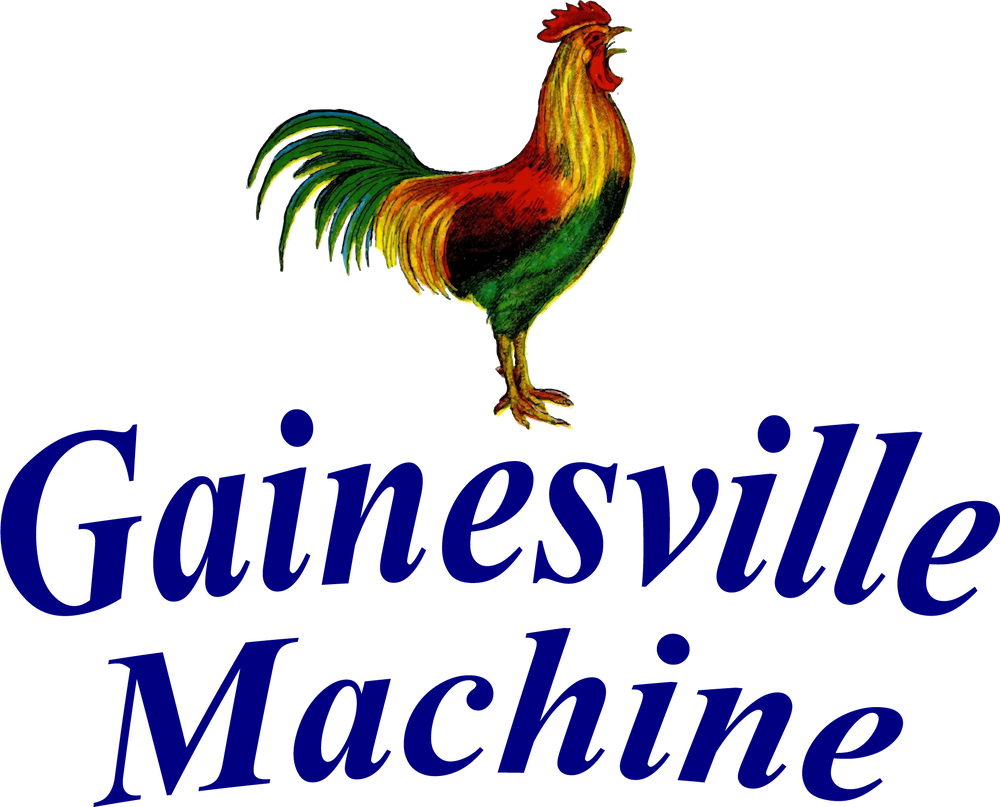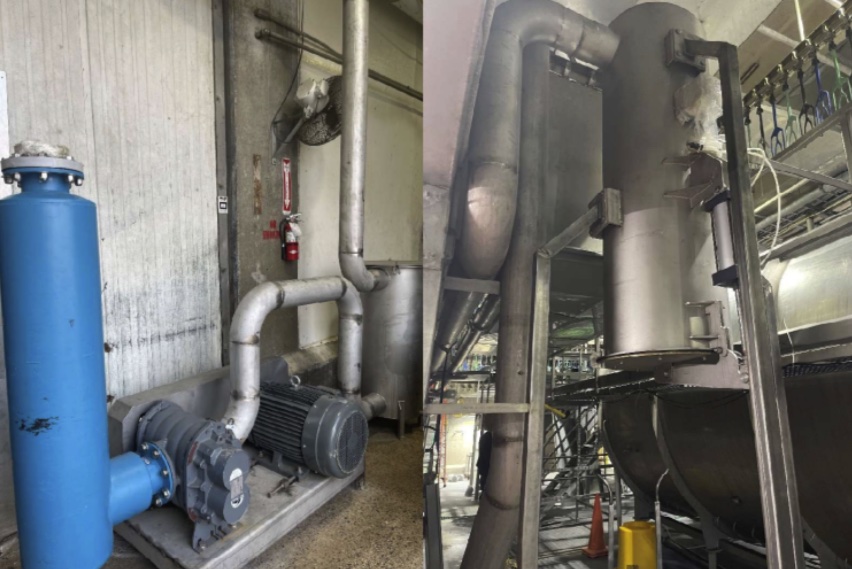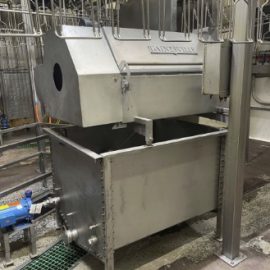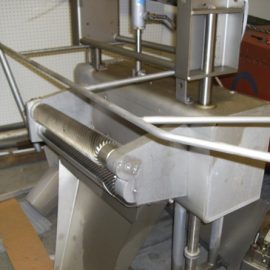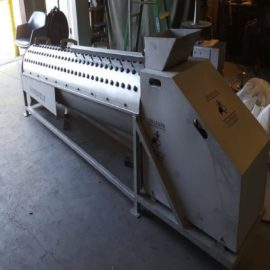Vacuum systems play a crucial role in poultry processing, particularly in the areas of evisceration, cleaning, and waste management.
Here’s an overview of the key applications of vacuum systems in poultry processing:
1. Evisceration
During evisceration, the internal organs (viscera) of the bird are removed. Vacuum systems are often used to:
- Crop and Trachea Removal: Specialized vacuum devices can be used to remove the crop (a pouch in the bird’s digestive system) and the trachea. This ensures that these parts are efficiently removed without contaminating the carcass.
- Vent and Intestine Removal: Vacuum systems help in removing the vent and attached intestines. This process is critical to ensure the bird is properly cleaned inside without spilling intestinal contents, which could contaminate the meat.
2. Cleaning
Vacuum systems are integral to maintaining hygiene in the processing plant:
- Blood and Feather Removal: After slaughtering and defeathering, vacuum systems can be used to clean up the processing area by removing blood, feathers, and other debris. This keeps the environment clean and reduces the risk of contamination.
- Carcass Washing: In some processes, vacuum systems assist in washing the carcass by sucking away water and contaminants after the carcass has been rinsed with clean water.
3. Waste Management
Effective waste management is essential in poultry processing, and vacuum systems contribute significantly:
- Offal Removal: Offal, which includes internal organs and other non-edible parts, is efficiently transported away from the processing line using vacuum systems. This helps in maintaining a clean processing environment and prepares the offal for rendering or disposal.
- Debris Collection: Any debris, such as small feathers, skin pieces, and fat, can be collected using vacuum systems. This ensures that the processing line remains clean and that waste is properly managed.
4. Automation and Efficiency
Vacuum systems enhance the automation and efficiency of poultry processing lines:
- Consistent Quality: By automating the removal of internal organs and cleaning processes, vacuum systems ensure consistent quality and reduce the variability that comes with manual handling.
- Labor Reduction: Vacuum technology reduces the need for manual labor in tasks like cleaning and evisceration, which can be labor-intensive and time-consuming.
5. Sanitation
Maintaining high levels of sanitation is critical in poultry processing:
- Closed System: Vacuum systems typically operate as closed systems, which means that contaminants are contained and removed without being exposed to the processing environment. This minimizes the risk of cross-contamination.
- Easy Cleaning: Many vacuum systems are designed for easy cleaning and sanitization, ensuring that they do not become a source of contamination themselves.
